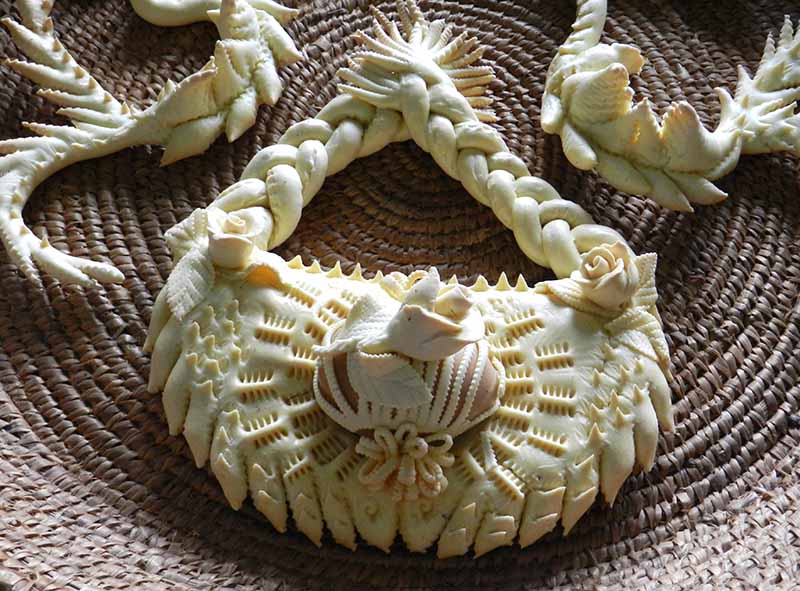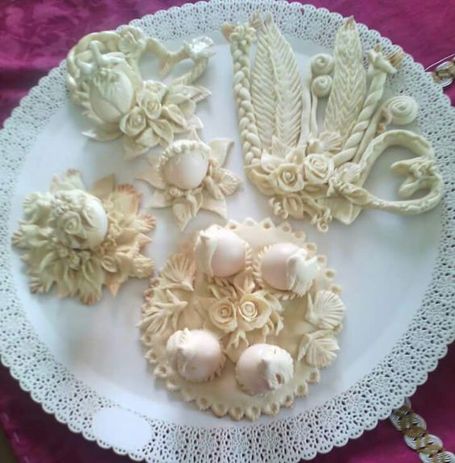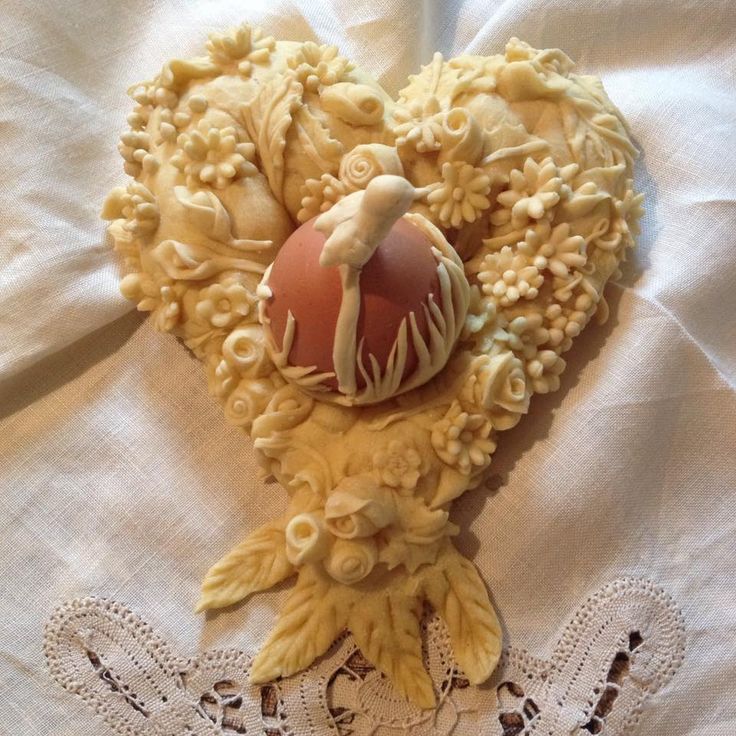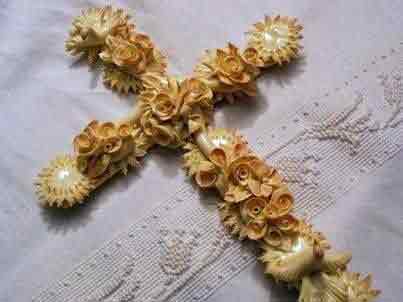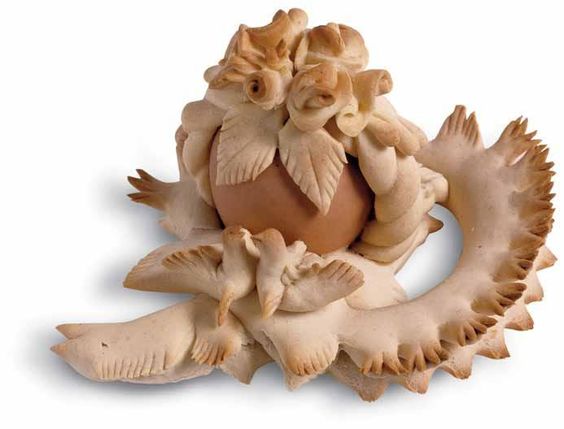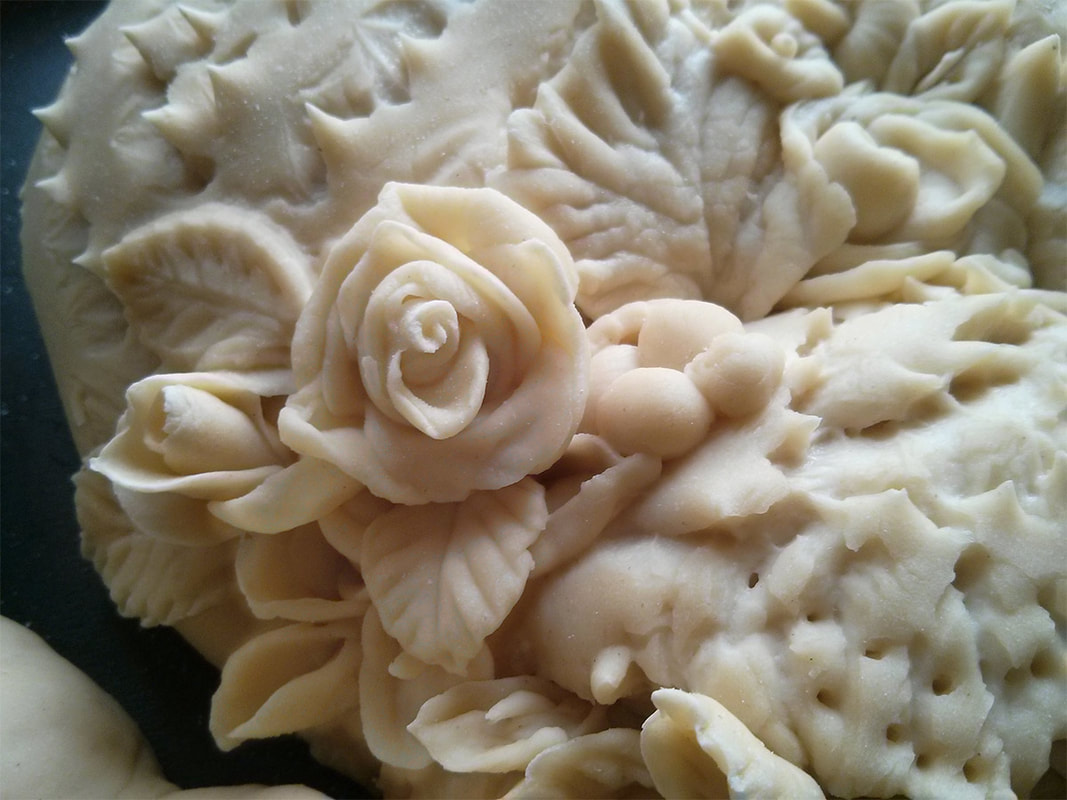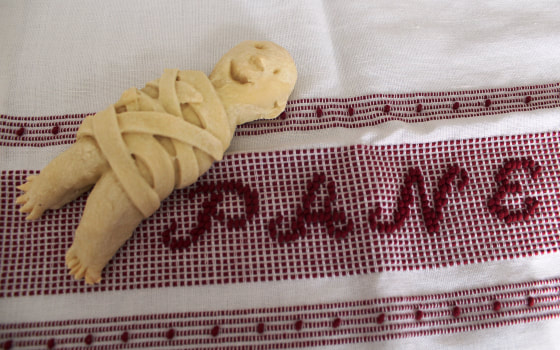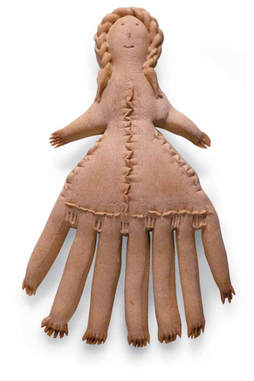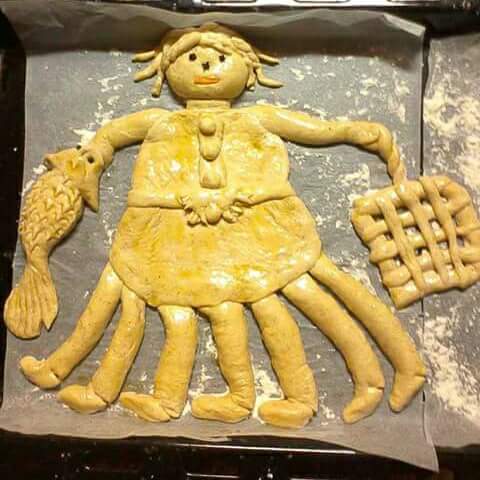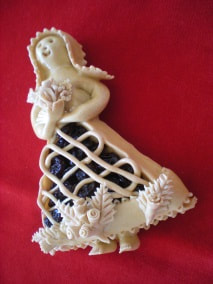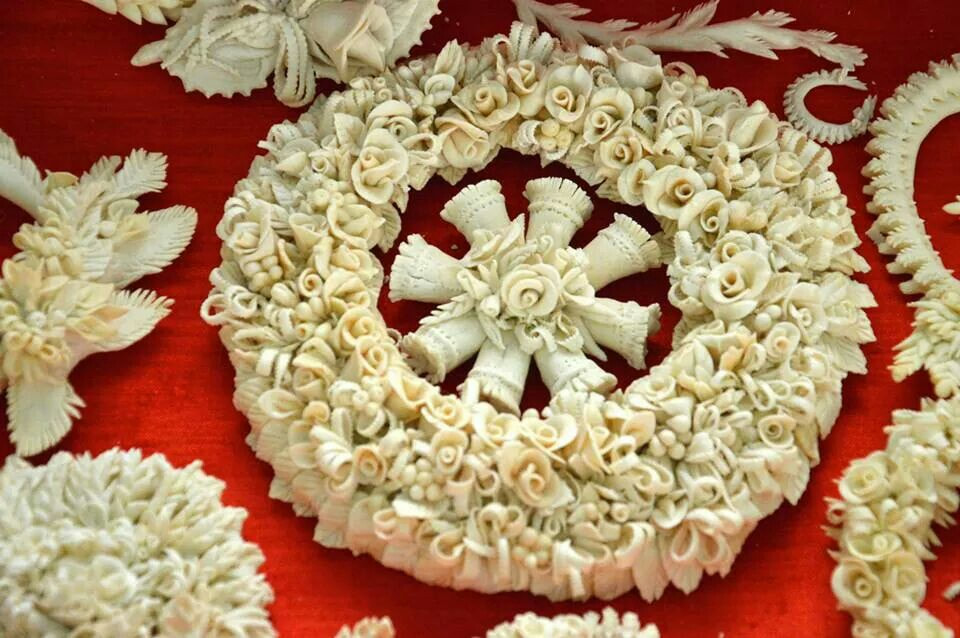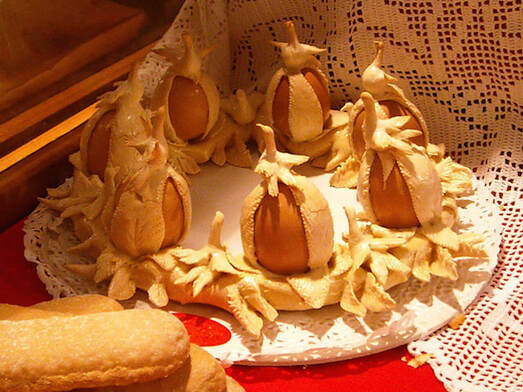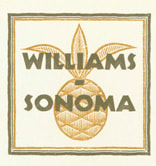|
Chie hat pane mai non morit.--Sardinia Proverb
One who has bread never dies.
In Sardinian bakeries there is a time honored tradition of elaborate and intricate decoration of celebration breads for weddings and also for Pasqua (Easter), called
Pane Pasquelina, or in local dialect known as Su Coccoi or Pane Coccoi. The designs recall ancient symbols from the many cultural influences in Sardinia. The shapes include the crown, wreathes, the chick, a girl, doves, fish, small baskets, fruits and flowers. Especially for Easter, whole eggs are incorporated into each design, sometimes hidden but often exposed within the design theme. These breads are considered symbols of fertility and good luck. When you look at the intricacies of these artisinal breads, it's surprising to think the only tools used are a small knife and scissors.
Two interesting shapes are called Sa Pippia and Lazzaro. Sa Pippia is a doll-shaped bread with seven legs, one for each day of the Holy Week. This bread was used as an Easter Advent Calendar, one leg given to a child each day leading up to Easter Sunday. Lazzaro represents the body of Lazarus wrapped in a shroud, a symbol of resurrection.
Watch as the Nonni teach the younger women how to create Pane Coccoi
and then bake them in a community oven.
If you'd like to try making these special breads, here is an authentic Sardinian recipe that I translated and converted...
Recipe
Shaping the Dough
Baking Preheat your oven to 450 F degrees with the pizza stone on the middle rack. Place a sheet pan on the bottom or lowest rack of your oven at this point. I suggest using a pizza peel to transfer your breads into the oven and directly onto the pizza stone. If you don't have one, you can use an up-turned sheet pan lined with parchment paper (the paper will slide onto the stone with the dough). Alternately, sprinkle the back of the sheet pan with course cornmeal, then place your shaped breads on top. The cornmeal acts like ball bearings to slide your breads onto the stone. I don't recommend baking your breads on pans simply because the pans would be cold when placed into the oven. If you do want to use pans instead of a pizza stone, use sturdy, heavy dark pans. They will heat up faster. Just before placing your breads into your oven, pour about 1/4 cup of water into the hot sheet pan on the lower rack to create steam. Immediately shut the oven door. Quickly transferring your formed breads into the oven, bake for the first 10 minutes at 450 degrees, then lower the temperature to 350 F degrees and continue cooking for another 20-25 minutes. You might want to quickly spray some water onto the oven's side walls halfway through the baking. Check the browning of the bread and adjust according to your oven. These breads should be a very light tan with a fine textured crumb interior. Remove from the oven and place on cooling racks to dry and cool completely. There is another version that adds eggs, so you can experiment in adding eggs while you compensate by adding more flour. You can still eyeball the smoothness and elasticity of the dough when mixing. Remember, making dough for breads and pizza is a feel thing, varying depending on the humidity of the day. Have a great celebration! Buona Pasqua! --Jerry Finzi
You might also be interested in...
Our Pane di Pasqua Recipe Vintage Italian Easter Cards Decorated Italian Easter Eggs How Italians Celebrate Easter Celebrating Easter in Italy
SHARE ON YOUR SOCIAL MEDIA SITE
|
Archives
July 2023
Categories
All
|

